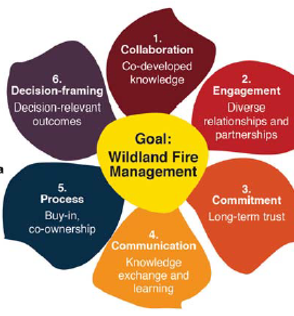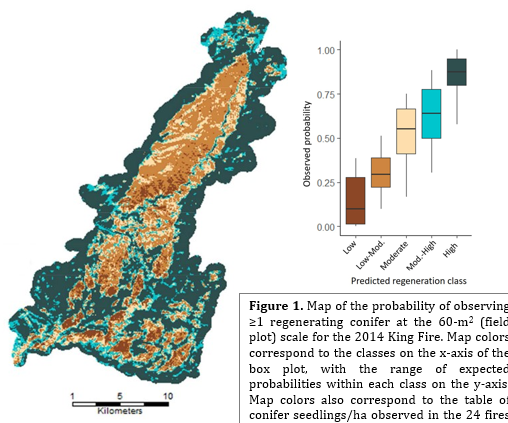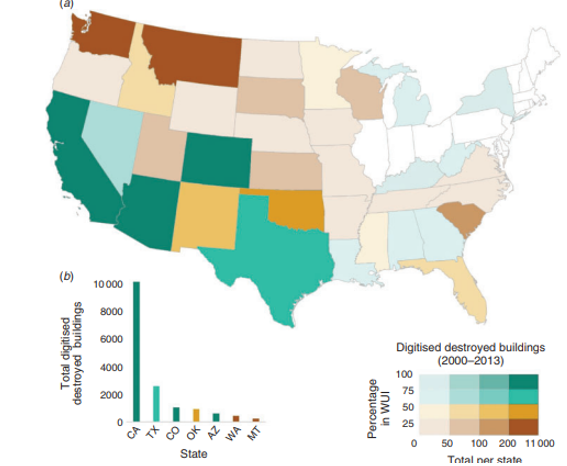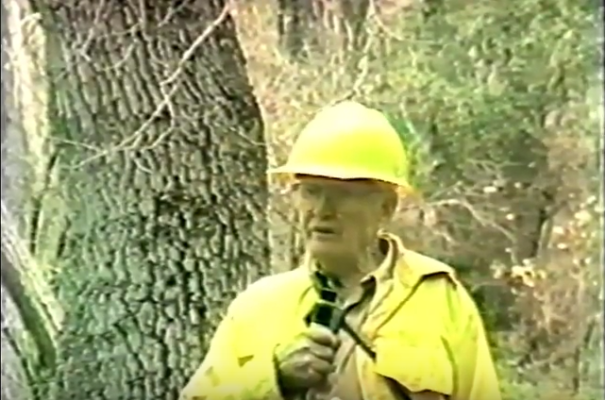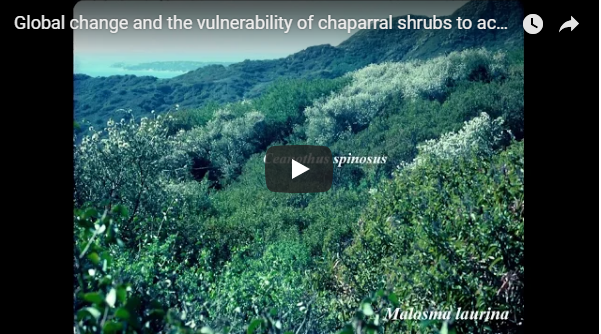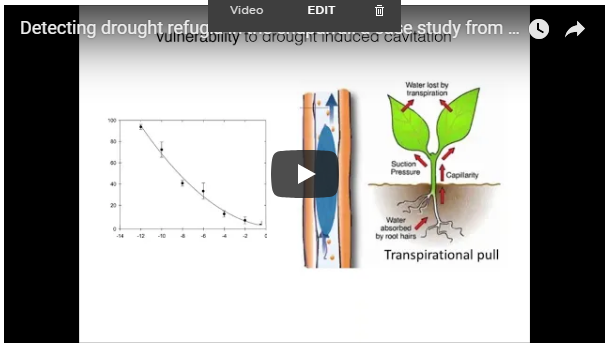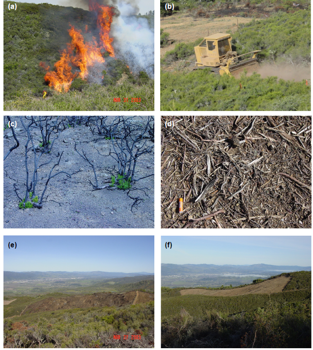What Type-converts Chaparral to Grassland in SoCA? Research Brief
/The authors show a direct connection between a diverse set of drivers and type-converted chaparral in Southern California. Example drivers include high frequency fire, land-use disturbance, moisture availability, and site flatness.
Read More

